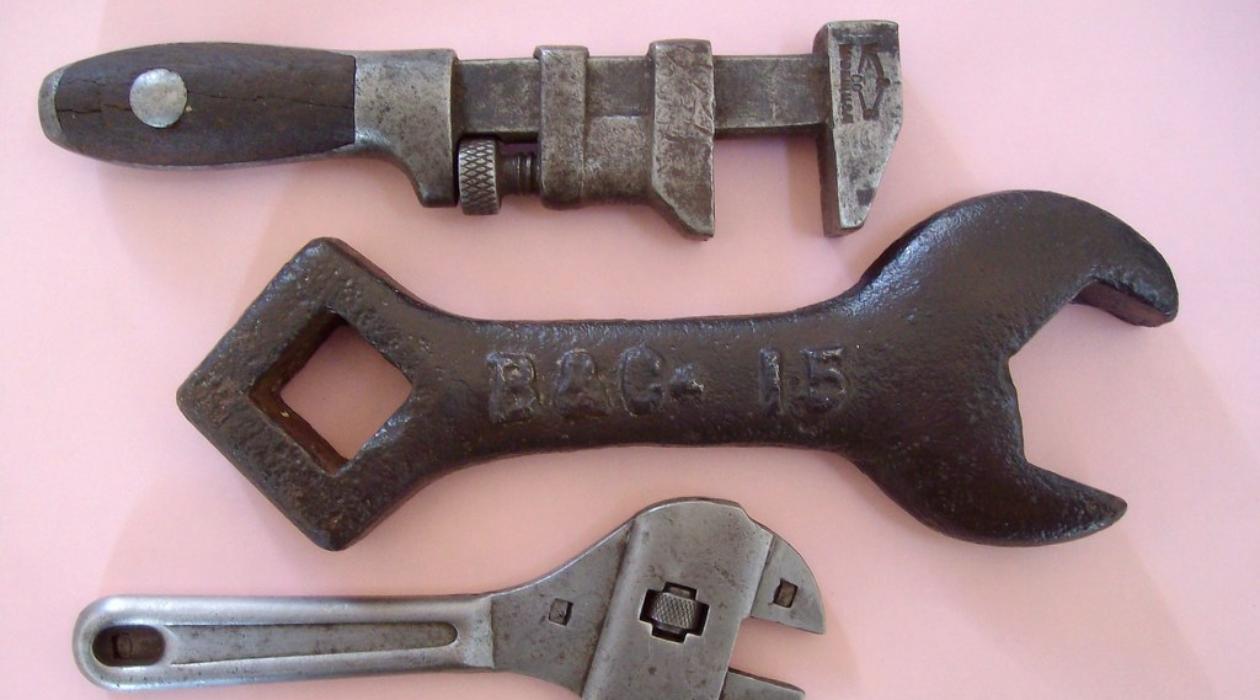

Articles
What Are Old Hand Tools Made Out Of
Modified: December 7, 2023
Discover the materials used to make old hand tools and learn about their unique properties. Read our informative articles on the subject.
(Many of the links in this article redirect to a specific reviewed product. Your purchase of these products through affiliate links helps to generate commission for Storables.com, at no extra cost. Learn more)
Introduction
Welcome to the fascinating world of old hand tools! These tools have played a pivotal role in human history, helping individuals accomplish a myriad of tasks throughout the ages. From woodworking to blacksmithing, these tools were crafted with skill and precision to assist in various trades and crafts.
In this article, we will delve into the materials used in the construction of old hand tools and explore the reasons behind their selection. Understanding the materials used not only offers insight into the craftsmanship of the past, but also sheds light on the evolution of tools and the ingenuity of early artisans.
Whether you have a passion for vintage tools, or simply have a curiosity about historical craftsmanship, this article will take you on a journey into the materials that were used to create some of the most enduring and indispensable tools of our time.
Key Takeaways:
- The materials used in old hand tools, such as wood, iron, steel, bronze, brass, copper, leather, bone, and antler, reflect the craftsmanship and resourcefulness of early artisans, offering durability, functionality, and a timeless connection to our human heritage.
- Understanding the historical significance of traditional materials in hand tool manufacturing not only fosters an appreciation for the ingenuity of our ancestors but also inspires innovative advancements in toolmaking, bridging the past with the present and future.
Read more: What Are Hand Tools Made Of
The History of Hand Tools
Hand tools have been an integral part of human civilization for thousands of years. They are a testament to our ingenuity and resourcefulness in finding ways to make our work easier and more efficient. The earliest evidence of hand tools dates back to the Stone Age, where early humans used simple implements made from rocks, bones, and wood.
As civilization advanced, so did the complexity and diversity of hand tools. The ancient Egyptians, for example, are renowned for their mastery of toolmaking. They used copper and bronze to create chisels, saws, and hammers, which revolutionized construction and woodworking.
During the Middle Ages, hand tools became essential for the burgeoning fields of carpentry, blacksmithing, and agriculture. Craftsmen honed their skills in forging iron and steel tools, such as hammers, saws, and axes. The Industrial Revolution in the 18th century brought about significant advancements in toolmaking with the advent of mass production techniques and the use of innovative materials.
Today, hand tools continue to play a vital role in various industries, from construction and woodworking to automotive repair and gardening. Although modern technology has introduced power tools and automated machinery, many craftsmen and hobbyists still appreciate the simplicity and precision of old hand tools.
Understanding the history of hand tools allows us to appreciate the ingenuity and craftsmanship of our ancestors. It reminds us of the timeless value these tools hold, and how they have shaped the world we live in today.
Traditional Materials Used in Hand Tool Manufacturing
The choice of materials used in hand tool manufacturing has evolved throughout history, reflecting the available resources and technological advancements of each era. Traditional materials were selected based on their durability, strength, and suitability for specific tasks.
Wood, iron, steel, bronze, brass, copper, leather, and bone were some of the most common materials used in the construction of hand tools. Each material offered unique qualities that made it ideal for different tools and applications.
Wood, for instance, was widely used for handles and grips due to its lightweight nature, durability, and comfortable feel. Different types of hardwood, such as oak, ash, and hickory, were chosen for their strength and resistance to wear and tear.
Iron and steel revolutionized toolmaking during the Middle Ages and beyond. Iron provided the raw material for forging toolheads, while steel, a combination of iron and carbon, offered increased strength and durability. Blacksmiths skillfully shaped these metals into blades, hammers, and other tool components.
Bronze and brass, composed primarily of copper, were favored for their corrosion resistance and malleability. These materials were commonly used in tools such as chisels, mallets, and decorative elements. Copper, with its excellent conductivity and malleability, found use in the manufacturing of wiring tools and soldering irons.
Leather was used as a protective covering for tool handles, providing a comfortable and non-slip grip. It was also utilized to create tool pouches, belts, and sheaths, offering convenient storage and easy access to hand tools.
Bone and antler, obtained from animals, were used to craft handles, knife scales, and other tool components. Their availability and natural toughness made them valuable resources for early toolmakers.
These traditional materials have stood the test of time, and many of them are still used today in the production of hand tools. However, modern technology has also introduced new materials, such as high-strength plastics and composite materials, which offer improved performance and durability.
Understanding the traditional materials used in hand tool manufacturing not only provides insights into the historical significance of these tools but also helps us appreciate the craftsmanship and ingenuity of the artisans who shaped our past.
Common Materials Used in Old Hand Tools
Old hand tools were crafted using a variety of materials, carefully selected to suit specific applications and maximize their durability. These materials have withstood the test of time and continue to be appreciated for their unique properties and craftsmanship.
Wood, known for its versatility and availability, was a popular material for many old hand tools. Handles and knobs were commonly made from hardwoods like oak, ash, and hickory. The natural grain and strength of these woods provided a comfortable grip and resistance to wear and tear. Additionally, certain tools, such as mallets and planes, utilized wooden bodies or frames to absorb shock and provide stability.
Iron and steel played a crucial role in the construction of old hand tools. High-carbon steel, prized for its strength and durability, was used to create sharp cutting edges in tools like chisels, knives, and saws. Iron, on the other hand, was often used as the base material for toolheads and components due to its toughness and ability to withstand heavy use. Blacksmiths skillfully shaped and hardened these metals to create robust and reliable tools.
Bronze and brass, composed mainly of copper, were favored for their corrosion resistance and malleability. These materials were commonly used for decorative elements, such as ornate handles and embellishments on tools like mallets and hammers. The addition of other metals, such as tin and zinc, enhanced their strength and resistance to wear.
Copper, with its excellent conductivity and malleability, found use in certain specialized old hand tools. Wiring tools and soldering irons often featured copper tips for their ability to efficiently conduct heat and electricity.
Leather, sourced from animals, played a crucial role in the construction of old hand tools. It was commonly used as a covering for handles to provide a comfortable and secure grip. Leather also served as a protective sheath for sharp-edge tools, preventing them from damaging other tools or causing accidental injuries.
Additionally, bone and antler, obtained from animals, were utilized to create handles, knife scales, and other tool components. Their natural toughness and unique textures made them ideal materials for creating decorative and functional parts.
The selection of these materials in old hand tools exemplifies the craftsmanship and attention to detail that went into their creation. Each material was chosen for its specific properties and purpose, ensuring that the resulting tools were not only functional but also durable enough to withstand the test of time.
Wood
Wood is one of the oldest and most versatile materials used in the construction of hand tools. Its natural beauty, durability, and workability have made it a preferred choice for tool handles, frames, and other components.
Various types of hardwoods have been historically used in toolmaking, including oak, ash, hickory, and beech. These hardwoods possess exceptional strength and resistance to wear and tear, making them ideal for tools that require stability and durability.
One of the significant advantages of wood in tool construction is its ergonomic properties. Wood has a natural warmth and grip that makes it comfortable to hold and reduces fatigue during extended use. The grain pattern of different wood species also enhances the aesthetic appeal of hand tools, giving them a timeless and artisanal quality.
In addition to tool handles, wood was often used in the fabrication of bodies and frames for certain tools. For example, wooden planes were widely used in woodworking to shape and smooth surfaces. The wooden body of the plane was complemented by a steel blade, creating a versatile tool for craftsmen.
Another notable application of wood in hand tool manufacturing was in the production of mallets and hammers. The dense and resilient properties of hardwoods made them ideal for absorbing impacts and delivering controlled force. Additionally, wooden mallets are less likely to damage delicate surfaces compared to metal alternatives.
While wood offers many advantages, it also has certain limitations. It can be susceptible to moisture and temperature changes, which may cause swelling, shrinking, or warping over time. Proper care, such as applying protective finishes or storing tools in a controlled environment, can help mitigate these issues.
Despite the availability of modern materials, wood remains a popular choice among tool enthusiasts and craftsmen. It embodies tradition, craftsmanship, and a connection to the past. The beauty and natural properties of wood continue to make it an essential material in the production of high-quality and timeless hand tools.
Iron and Steel
Iron and steel have played a transformative role in the world of hand tools. These materials revolutionized toolmaking during the Middle Ages and continue to be widely used in the construction of durable and reliable tools.
Iron, known for its strength and abundance, was often used as the base material for toolheads and components. Blacksmiths would shape and forge iron into various shapes, creating blades, hooks, and other tool parts. The malleability of iron allowed for intricate designs and customization according to specific purposes.
However, pure iron is relatively soft, making it susceptible to bending and deformation. To overcome this limitation, blacksmiths began to incorporate carbon into iron, creating steel. High-carbon steel offers significantly greater strength and hardness than iron, making it ideal for tools that require cutting, striking, or prying.
The introduction of steel in toolmaking enabled the creation of sharp and durable cutting edges. Tools like chisels, knives, saws, and axes greatly benefited from the addition of steel. The blades could be sharpened to a fine edge and maintain their sharpness for extended periods, making them essential for various trades and crafts.
Steel tools were also more resistant to wear and corrosion compared to iron counterparts. This extended their lifespan and reduced the frequency of tool replacements, saving craftsmen time and money.
Advancements in steel manufacturing techniques, such as the Bessemer process in the 19th century, led to the production of high-quality and uniform steel. This allowed for mass production of hand tools, making them more accessible and affordable to a wider range of users.
While modern advancements have introduced high-tech alloys and composite materials, steel remains the go-to material for many hand tools. Its combination of strength, durability, and affordability makes it an indispensable choice for craftsmen, hobbyists, and professionals alike.
Iron and steel have truly shaped the world of hand tools, enabling the creation of tools that have stood the test of time and continue to be relied upon for countless applications.
Old hand tools are typically made out of materials such as steel, iron, wood, and sometimes brass. These materials were chosen for their durability and strength, making them ideal for heavy-duty use.
Bronze and Brass
Bronze and brass, both alloys primarily composed of copper, have been utilized in hand tool manufacturing for centuries. These materials offer unique properties that make them desirable for specific tool applications.
Bronze is an alloy of copper and tin, known for its strength, corrosion resistance, and durability. It has been used in toolmaking since ancient times, predating the widespread use of iron and steel. Bronze tools were valued for their ability to retain sharp edges and withstand heavy use without deforming. Chisels, mallets, hammers, and other striking tools would often feature bronze heads or components to deliver efficient force and longevity.
Brass, on the other hand, is an alloy of copper and zinc. It has similar properties to bronze but with a brighter yellow appearance due to the higher concentration of zinc. Brass tools were often used for their corrosion resistance, making them suitable for environments where exposure to moisture and chemicals was a concern. The malleability of brass made it an excellent choice for decorative elements, such as ornate handles and embellishments on tools.
Both bronze and brass were prized for their non-sparking properties, making them essential for certain industries where sparks could ignite flammable materials. Tools made from these alloys were commonly found in environments such as shipbuilding, oil refineries, and munitions factories.
Although the advent of iron and steel reduced the prominence of bronze and brass in tool manufacturing, their unique characteristics still make them relevant today. Many craftsmen and enthusiasts appreciate the aesthetic appeal of bronze and brass tools, as well as their historical significance.
While bronze and brass may not be as prevalent in mainstream tool production, their contributions to the world of hand tools cannot be understated. They have left an indelible mark on toolmaking history, reflecting the creativity and resourcefulness of early artisans.
Copper
Copper is a versatile metal that has been utilized in various industries and crafts for thousands of years. In the realm of hand tools, copper has played a vital role due to its advantageous properties.
One of the standout features of copper is its excellent electrical conductivity. This property makes it an ideal material for the construction of wiring tools, such as wire strippers, crimping tools, and soldering irons. The high conductivity of copper ensures efficient transmission of electricity, enabling precise and reliable electrical work.
Copper is also appreciated for its malleability, making it easy to shape and form into intricate tool components. Its malleability allows craftsmen to create precise and custom designs for specialized tools and equipment.
Furthermore, copper boasts remarkable resistance to corrosion, making it suitable for tools used in environments where moisture and exposure to chemicals are a concern. Copper-based hand tools can withstand harsh conditions without succumbing to rust or degradation, ensuring their longevity and functionality.
Historically, copper was commonly used in toolmaking in combination with other metals. Bronze, an alloy of copper and tin, was a preferred material for certain tools due to its strength, hardness, and resistance to wear. The addition of tin to copper increased its durability, opening up possibilities for the creation of robust tools.
While copper may not be as widely used in mainstream hand tool manufacturing today, its unique properties still find applications in specialized tools and niche industries. The electrical and thermal conductivity of copper continue to make it an indispensable material in the fields of electronics, plumbing, and heating, ventilation, and air conditioning (HVAC).
Beyond its technical applications, copper holds a place of distinction in the world of hand tools. Its warm, reddish-brown hue provides an aesthetically pleasing element to tools, showcasing a blend of functionality and beauty.
From ancient times to the present day, copper has proved its worth in the realm of hand tools. Its conductivity, malleability, corrosion resistance, and historical significance demonstrate why it remains a valuable material in certain tool applications.
Leather
Leather has been an essential material in the realm of hand tools for centuries, providing both functionality and aesthetic appeal. Its unique properties make it a versatile choice for various tool components and accessories.
One of the primary uses of leather in hand tools is for handles and grips. Leather-wrapped handles offer a comfortable and secure grip, ensuring better control and reducing the risk of slippage during use. The natural texture and flexibility of leather make it an ideal choice for tools that require a firm and non-slip grip, such as hammers, axes, and saws.
In addition to improving grip, leather handles also help absorb shocks and vibrations. This feature is particularly beneficial for striking tools, as it reduces the impact felt by the user and minimizes fatigue during prolonged use.
Leather’s durability and resistance to wear make it an excellent choice for sheaths and pouches that protect sharp-edged tools. Leather sheaths provide a safe and convenient way to store and transport knives, chisels, and other bladed tools, minimizing the risk of accidental cuts.
Furthermore, leather tool belts and aprons offer practical storage options and keep tools easily accessible during work. Leather’s strength ensures that these accessories can withstand the weight and stress of carrying multiple tools, while also enhancing the durability and longevity of the tools themselves.
Aside from its functional benefits, leather also enhances the aesthetic appeal of hand tools. The natural grain patterns and rich, earthy tones of leather add a touch of craftsmanship and sophistication to tools, elevating them beyond mere utilitarian objects.
It’s worth noting that leather requires some care and maintenance to prolong its lifespan. Conditioning leather regularly, protecting it from excessive moisture, and avoiding extreme heat or direct sunlight can help maintain its suppleness and prevent it from cracking or deteriorating.
Leather’s history in toolmaking is steeped in tradition, reliability, and craftsmanship. With its combination of practicality, durability, and timeless appeal, it continues to be a preferred material for tool enthusiasts and professionals alike.
Read more: Where Are Pittsburgh Hand Tools Made
Bone and Antler
Bone and antler have been utilized in hand tool manufacturing for centuries, offering unique properties that make them valuable resources for toolmakers. These materials provide durability, versatility, and a connection to the natural world.
Bone, derived from animals, has been used in the construction of various tool components, such as handles, knife scales, and small moving parts. Its inherent strength and resilience allow for the creation of tools that are both sturdy and lightweight.
Antler, specifically from deer or other antlered animals, possesses similar qualities to bone but with the added benefit of a unique texture and appearance. Antler’s natural grain and slightly rough surface provide a tactile grip, making it an attractive choice for handles on knives, marking tools, and other hand tools.
One of the advantages of using bone and antler in toolmaking is their resistance to moisture and decay. These materials are less prone to warping or rotting compared to organic materials like wood, making them suitable for applications where exposure to water or moisture is likely.
Another notable aspect of bone and antler is their workability. These materials can be shaped, carved, and polished with relative ease. Craftsmen can create intricate designs, decorative elements, and customized tool components, showcasing their creativity and skill.
Bone and antler also offer a unique aesthetic appeal. The natural colors, patterns, and textures present in these materials add a touch of elegance and craftsmanship to hand tools. They provide a connection to the natural world and exemplify the resourcefulness of early toolmakers who utilized all available materials.
While bone and antler may not be as prevalent in modern toolmaking as they once were, they still find applications in specialized tools, artistry, and traditional crafts. The use of these materials is often seen in the realm of traditional or handmade knives, where the unique qualities of bone and antler complement the craftsmanship and storytelling behind each piece.
The use of bone and antler in hand tools takes us back to a time when tools were fashioned from the materials readily available in nature. It serves as a reminder of our deep connection to the natural world and the ingenuity of our ancestors.
Conclusion
The materials used in the manufacturing of old hand tools have a rich and diverse history. Wood, iron, steel, bronze, brass, copper, leather, bone, and antler all played significant roles in the creation of durable and functional tools that have stood the test of time.
Wood provided a lightweight and comfortable grip, making it an ideal choice for handles and frames. It brought a natural beauty to hand tools and embodied the craftsmanship of earlier eras.
Iron and steel revolutionized toolmaking, offering strength, durability, and sharp cutting edges. They became the backbone of many hand tools, allowing for precise and reliable performance.
Bronze and brass added corrosion resistance, malleability, and decorative elements to the world of hand tools. They brought an aesthetic appeal and functionality that made them valuable in certain applications.
Copper’s electrical conductivity and malleability made it essential in wiring tools and soldering irons. Its resistance to corrosion ensured longevity in demanding environments.
Leather provided a comfortable and secure grip, as well as protection for sharp-edged tools. It added a touch of craftsmanship and sophistication to hand tools, while also offering practical storage options.
Bone and antler showcased resourcefulness and a connection to the natural world. They provided durability, unique textures, and customized designs for specialized tool components.
Understanding the materials used in old hand tools not only grants us insight into the craftsmanship of the past but also fosters an appreciation for the ingenuity and innovation of early artisans. Today, while modern materials have come into play, the traditional materials continue to be appreciated for their timeless qualities.
Whether you are a collector, a craftsman, or simply intrigued by the history of tools, exploring the materials used in old hand tools offers a glimpse into our collective human heritage. It reminds us of the remarkable talents and resourcefulness of those who came before us, while also providing inspiration for innovative advancements in toolmaking today and in the future.
Frequently Asked Questions about What Are Old Hand Tools Made Out Of
Was this page helpful?
At Storables.com, we guarantee accurate and reliable information. Our content, validated by Expert Board Contributors, is crafted following stringent Editorial Policies. We're committed to providing you with well-researched, expert-backed insights for all your informational needs.
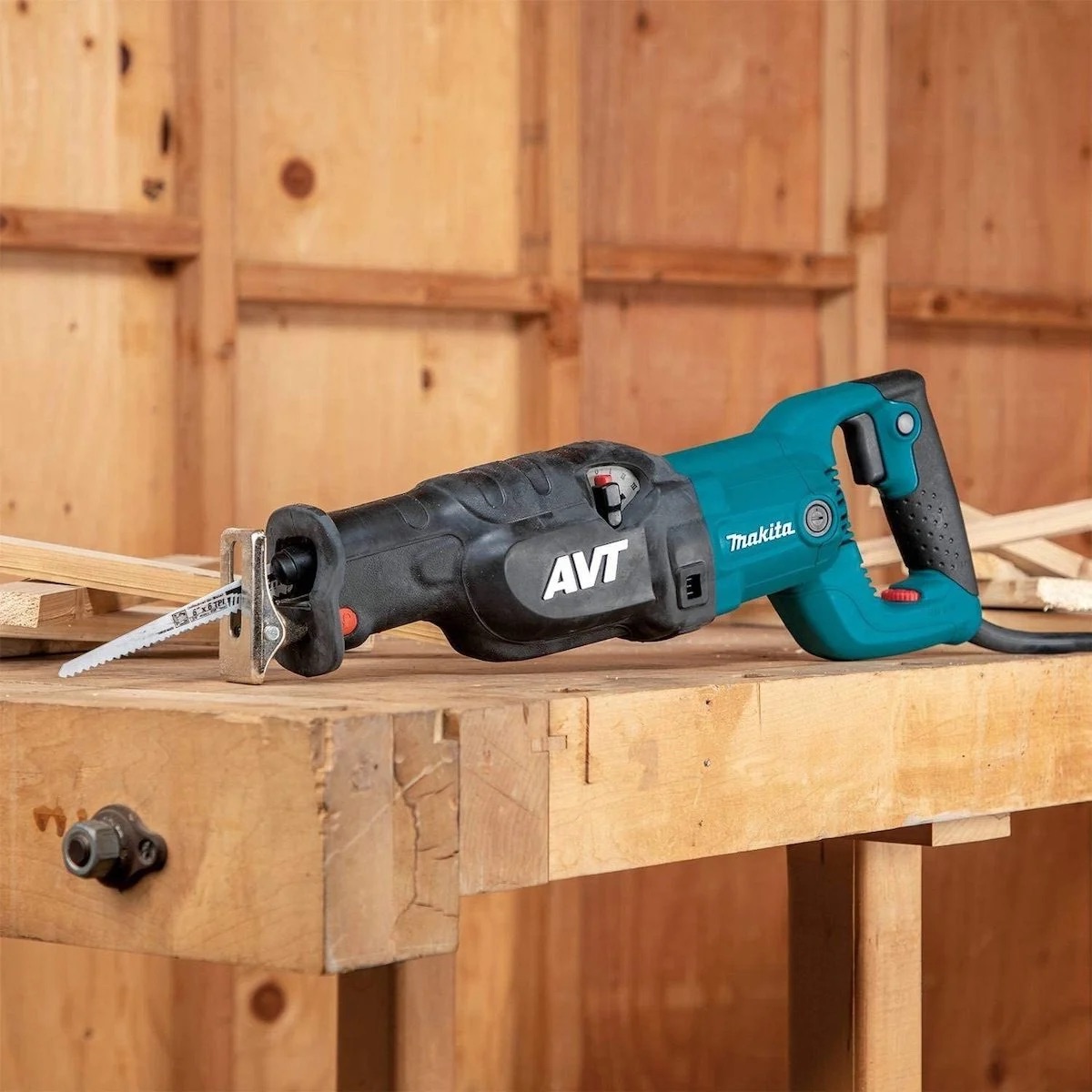
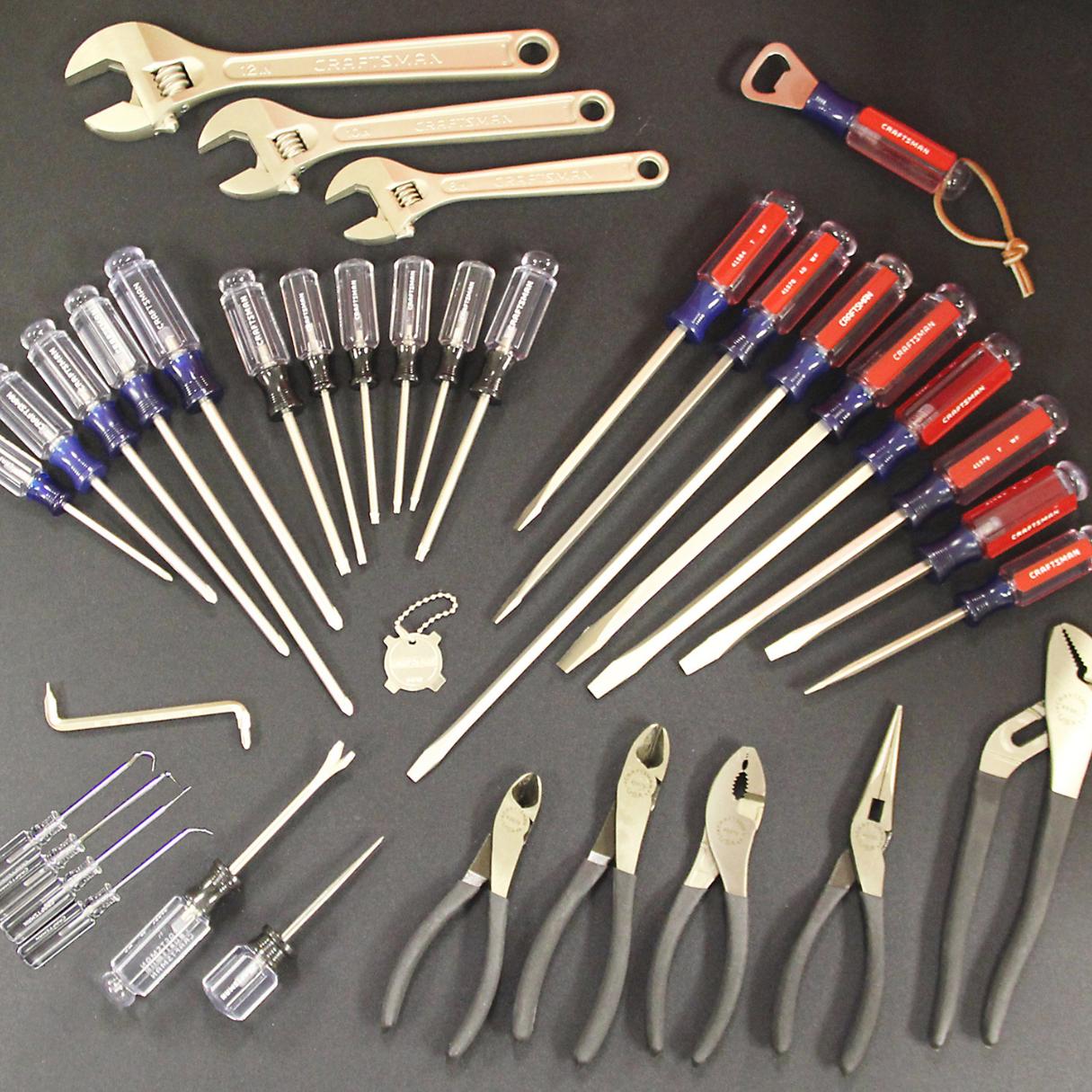
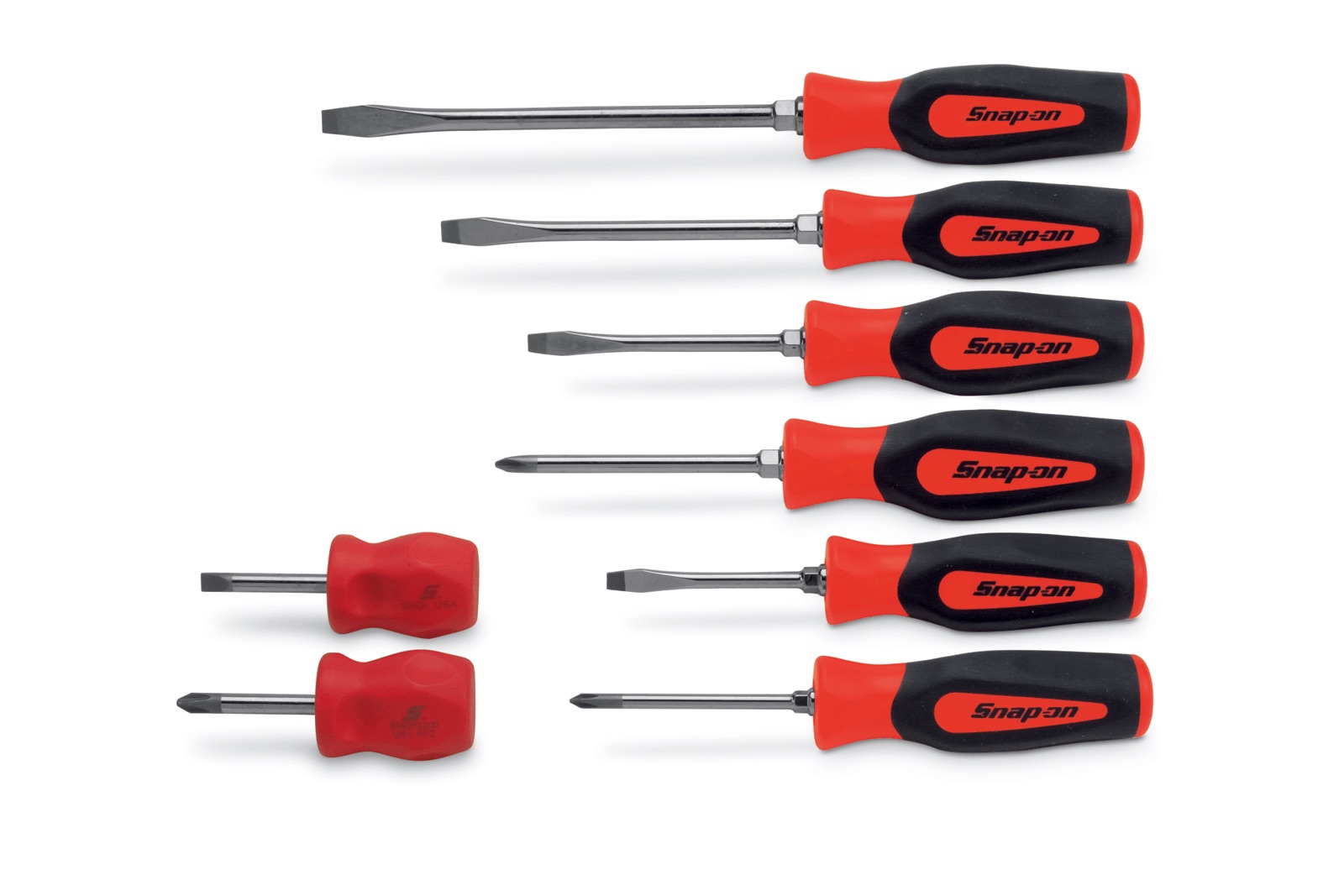
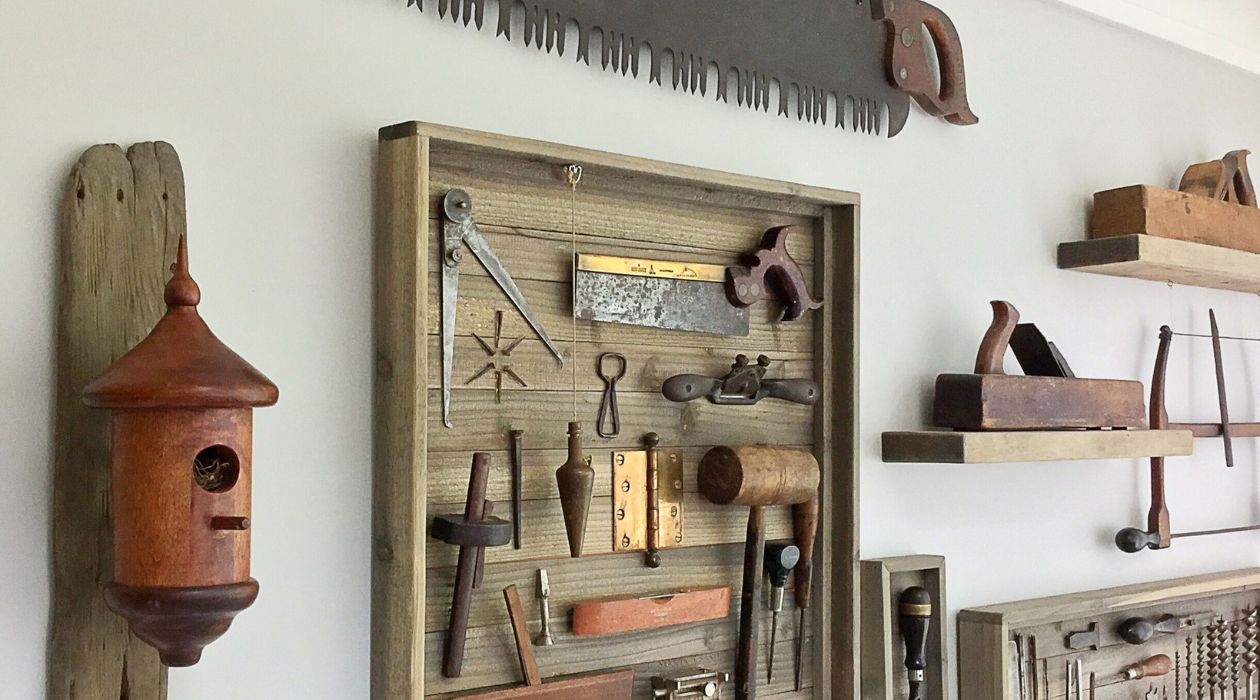

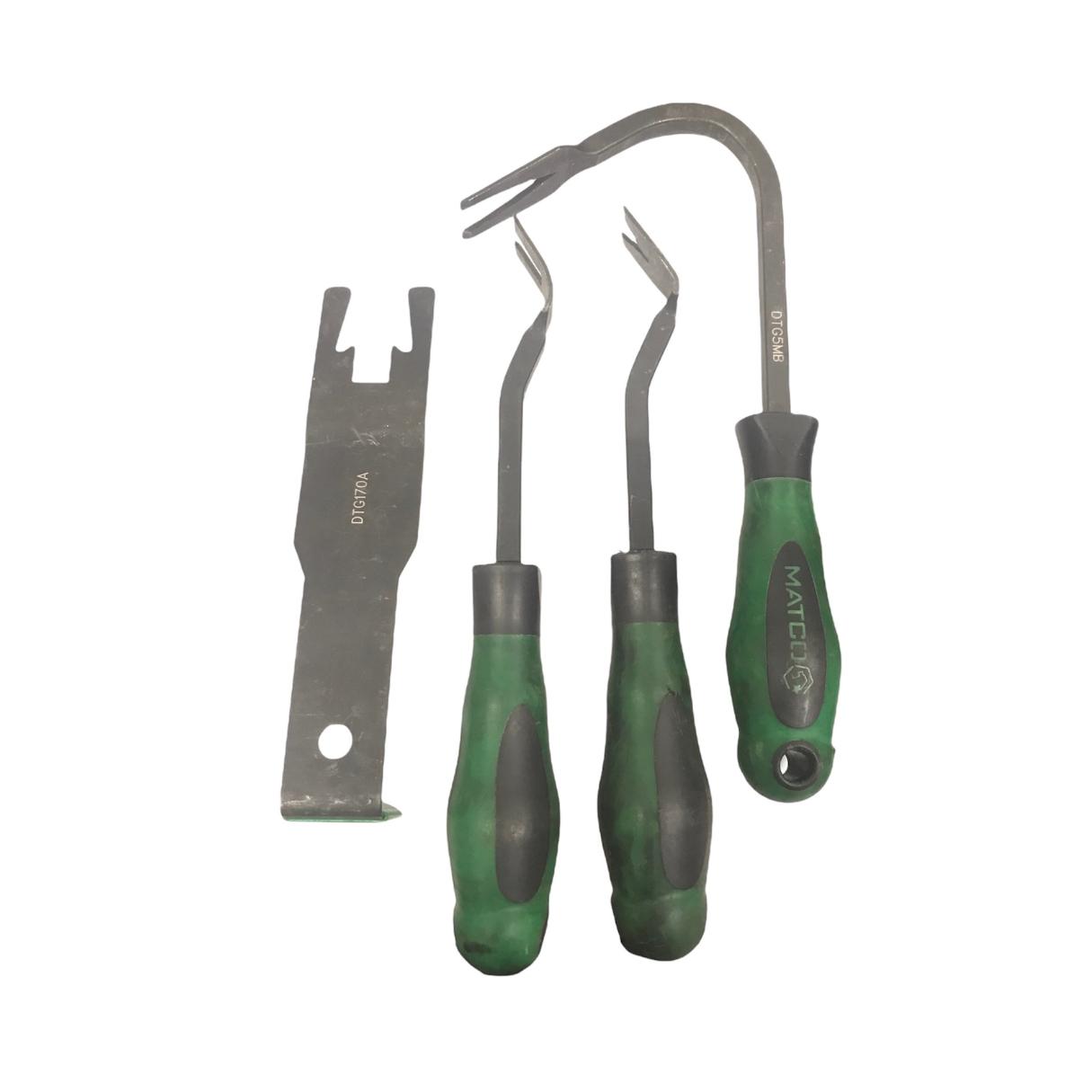
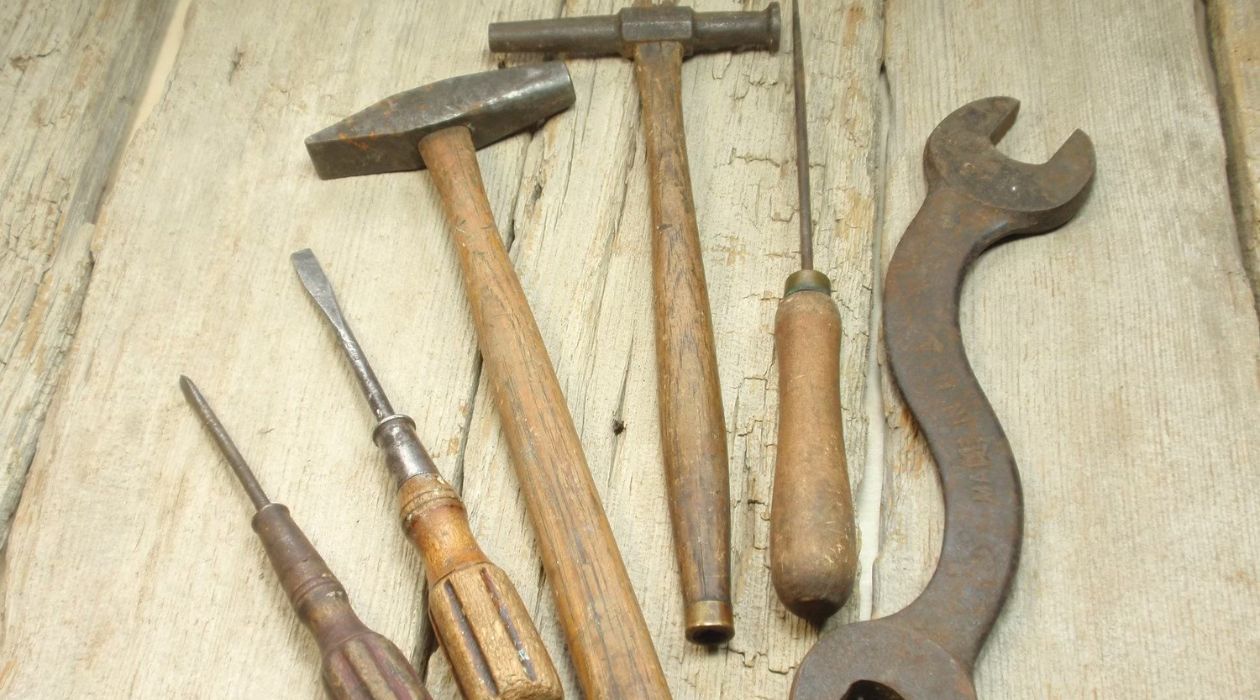
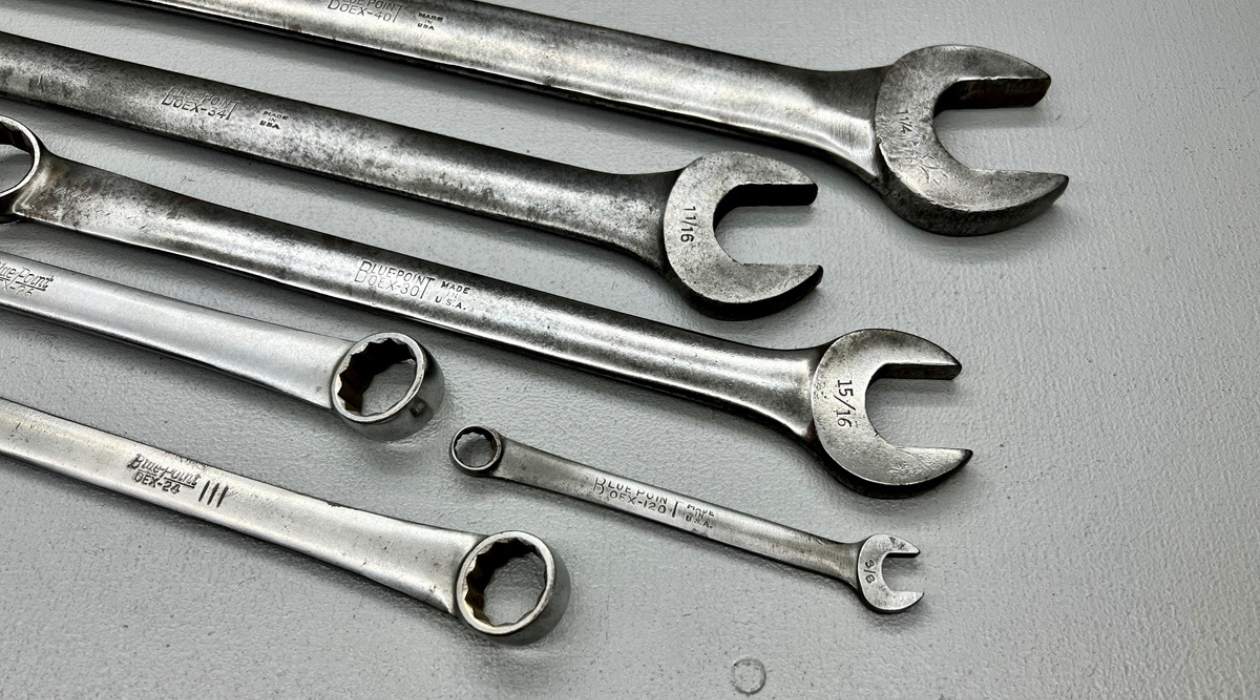
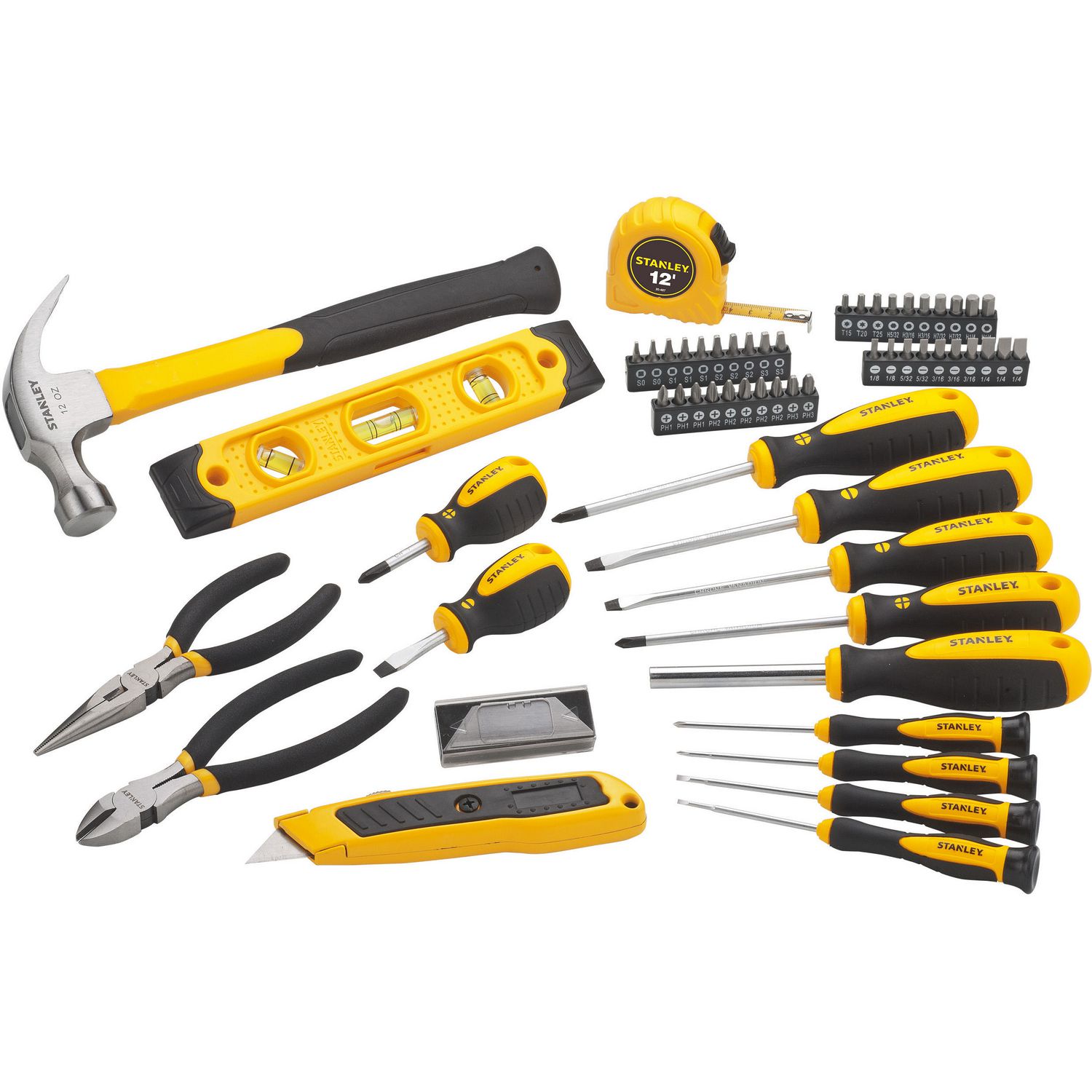
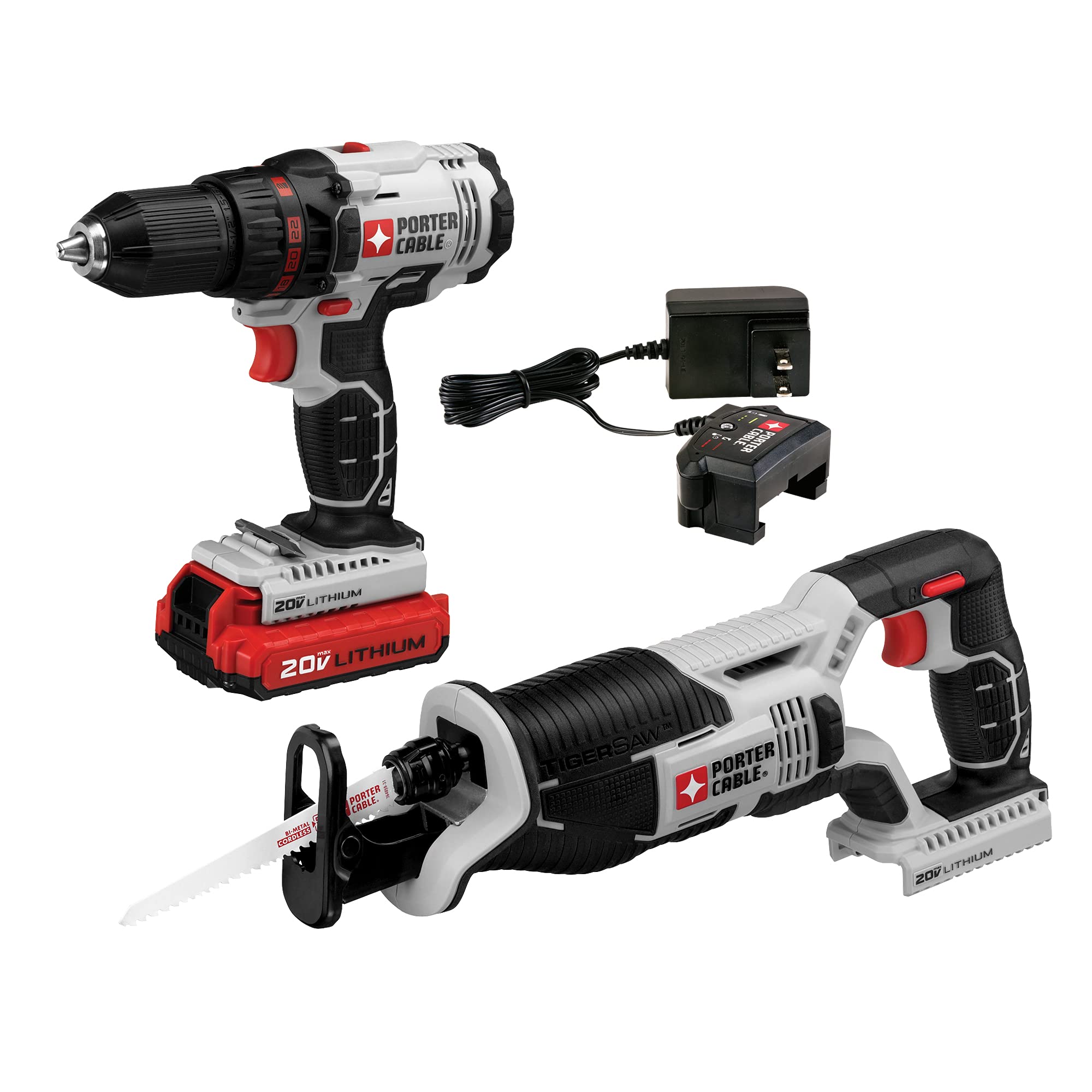


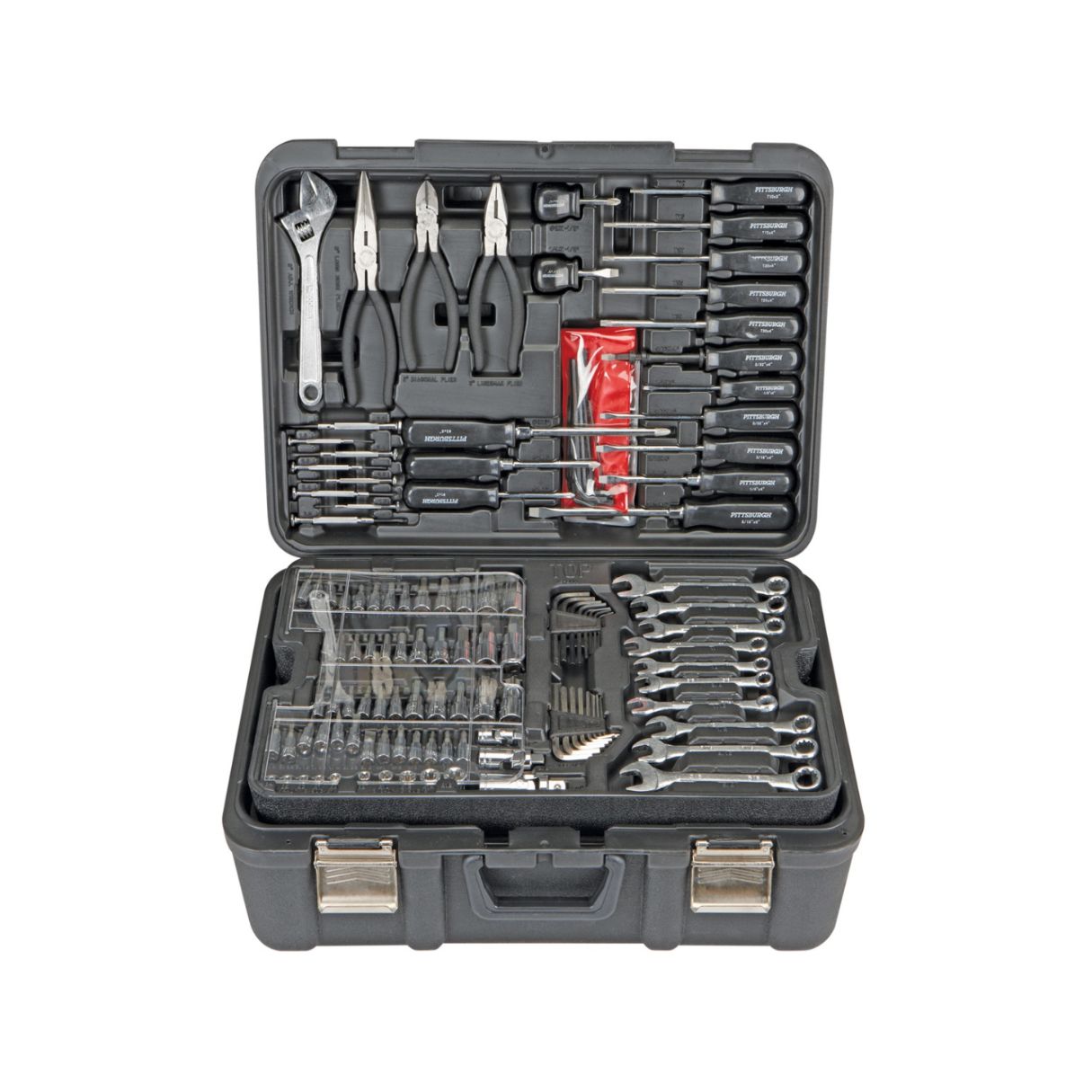

0 thoughts on “What Are Old Hand Tools Made Out Of”